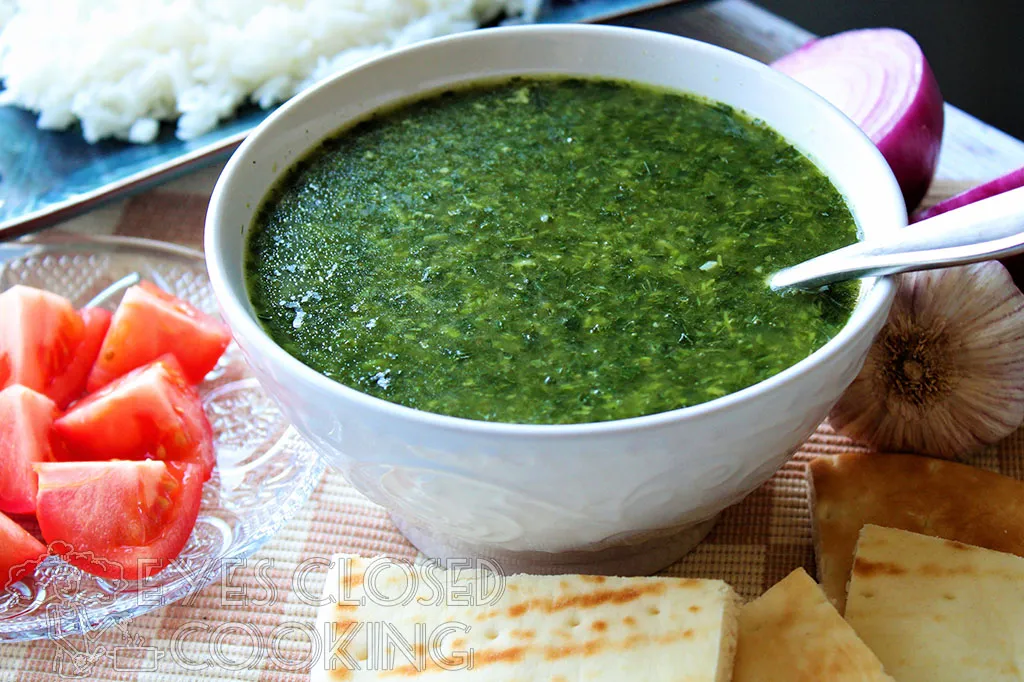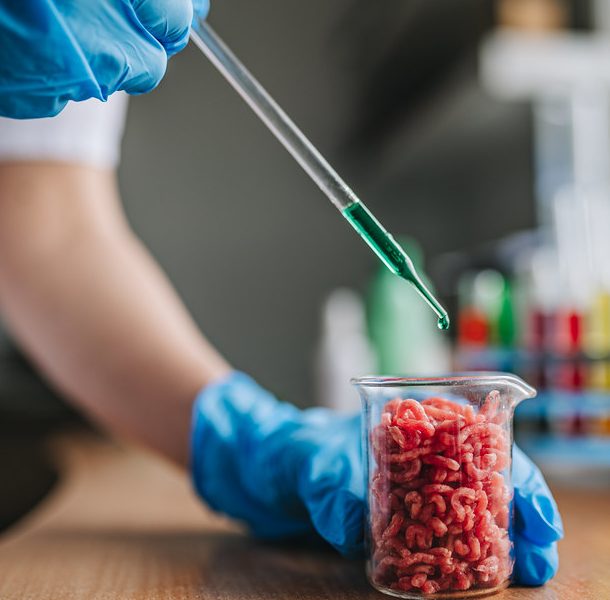The Big Question
In all likelihood you haven’t thought much about where your meat comes from. Yes, you have a vague idea that it comes from some farm, somewhere off in the distance. But how often do you actually stop and consider the moral and ethical consequences of the burger in front of you? Are you concerned about the lives of the chickens who died to get to your plate? Most likely, you have not. So how would you respond if you learned that your food was soon to be grown in a lab?
The thing is, although you may not be concerned with the origins of the meat you eat, many people are. Concerns have been raised across the years over the poor treatment of farm-raised animals. Horror stories abound about slaughterhouses and overcrowded pens. Millions of people worldwide are vegan, and refuse to partake in ill-gotten meat and animal products. But there are some that take it a step further from abstaining from meat. There are companies and scientists around the world who have been working on meat that doesn’t come from living animals; instead, they’ve been creating meat that is artificially grown. And companies like Good Meat and Upside foods have made a major breakthrough in getting their lab meat out to the public- their meat has been FDA approved as of June 21, 2023!
Cold Hard Facts
Before we get into the public’s opinion, it’s important to understand just what lab grown food really is. Rather than taking meat from a living animal like a chicken, artificial meat is made by first taking a sample of muscle tissue from the bird. The process can also be done with an unfertilized egg; you just need a piece of the animal, a starting point. Then- and this is the gross part- the sample is sunk in a soup-like vat of nutrients to help it grow. Slowly, though never quite resembling a living creature, the cells divide and multiply. Some are made to form into fat or skeletal cells, while others congeal onto the growing meaty lump as new muscle. The appearance of these malformed, tank-born conglomerations would scupper the appetite of the most devout foodie, so the lab meat is often used in foods like burgers or chicken nuggets, where the food can be ground up before use and nobody asks questions. In all honesty, though, the substance is the same. It’s not a replication of meat, it’s just not grown naturally. At a cellular level, there is no fundamental difference between lab-grown and natural meat. Perhaps that was a factor in the FDA’s consent.
To make it clear, not all lab made chicken was approved by the FDA. Specifically, the target was GOOD Meat, a D.C. based artificial chicken company. There was a thorough investigation into every aspect of the cultivation, compiled in a 155-page dossier! The FDA noted that the source of sample cells had been certified “negative for Avian Influenza (Type A), Avian Reovirus, Avian Adenoviruses (Groups I-III), Avian Encephalomyelitis Virus, Fowl Pox, Newcastle Disease Virus, Paramyxovirus (type 2), Mycoplasma, Salmonella, and other infectious agents known to infect poultry stock.” A lot of big words for: clean of pretty much all potentially harmful diseases. In addition, all of the different nutrients and chemical solutions (like folic acid, sodium pyruvate, and lipoic acid) have been verified under various systems as safe for consumption. One thing that was called into question was the unusually high iron content in the growth process for cultured meat. However, iron and nitrates are necessary for healthy development of the chicken, so they are a vital part of the process. In conclusion, though, the FDA decided that “it is highly unlikely that an individual consuming cultured chicken would be overexposed to either iron or nitrates.” This is because after the meat becomes a finished product, the iron content is actually only one third that of regular chicken per serving! So all in all, it seems pretty safe. There are advanced cleaning measures involving centrifuges, thorough background checks passed on multiple ingredients, and solid FDA approval. However, the question remains… will anybody eat it?
Artificial Abomination or Synthetic Savior?
Surprisingly, taste might not matter that much. Most people who have tried cultured meat have agreed that it tastes just like normal meat. The real issue is the psychological problem many people have with eating something grown in a lab. There’s something that feels unnatural, innately wrong. Many people, if not outright refusing it, are at least reluctant to try cultured meat in studies. Until people get over that distaste for the artificial, it will be extremely hard to push forward the lab grown substances as a complete replacement for regular meat. This could be a problem as international demand rising and ethical farming practices come into question. The argument constantly goes back and forth, with some people arguing that lab grown food can eliminate food insecurity and world hunger, and others expressing concerns for the treatment of farm animals after their meat is no longer necessary.
Going Forward
Without widespread distribution of cultured meat, it’s hard to fully gauge the waters on this topic. We’ll have to keep an eye on the proceedings when GOOD Meat is released to the public, to see which direction the world is going. And if it does well enough? We could be entering a new age of lab-grown food, putting food insecurity miles behind us. But until then, the battle will rage on.
WORKS CITED
Laestadius, Linnea. “Public Perceptions of the Ethics of In-Vitro Meat: Determining an Appropriate Course of Action.” Journal of Agricultural & Environmental Ethics, vol. 28, no. 5, Oct. 2015, pp. 991–1009. EBSCOhost, https://doi.org/10.1007/s10806-015-9573-8.
Good Meat, Inc., et al. DOSSIER IN SUPPORT OF THE SAFETY OF GOOD MEAT CULTURED CHICKEN AS A HUMAN FOOD INGREDIENT. FDA.gov, 4 Mar. 2022, www.fda.gov/food/human-food-made-cultured-animal-cells/inventory-completed-pre-market-consultations-human-food-made-cultured-animal-cells. Accessed 13 Dec. 2023.
















